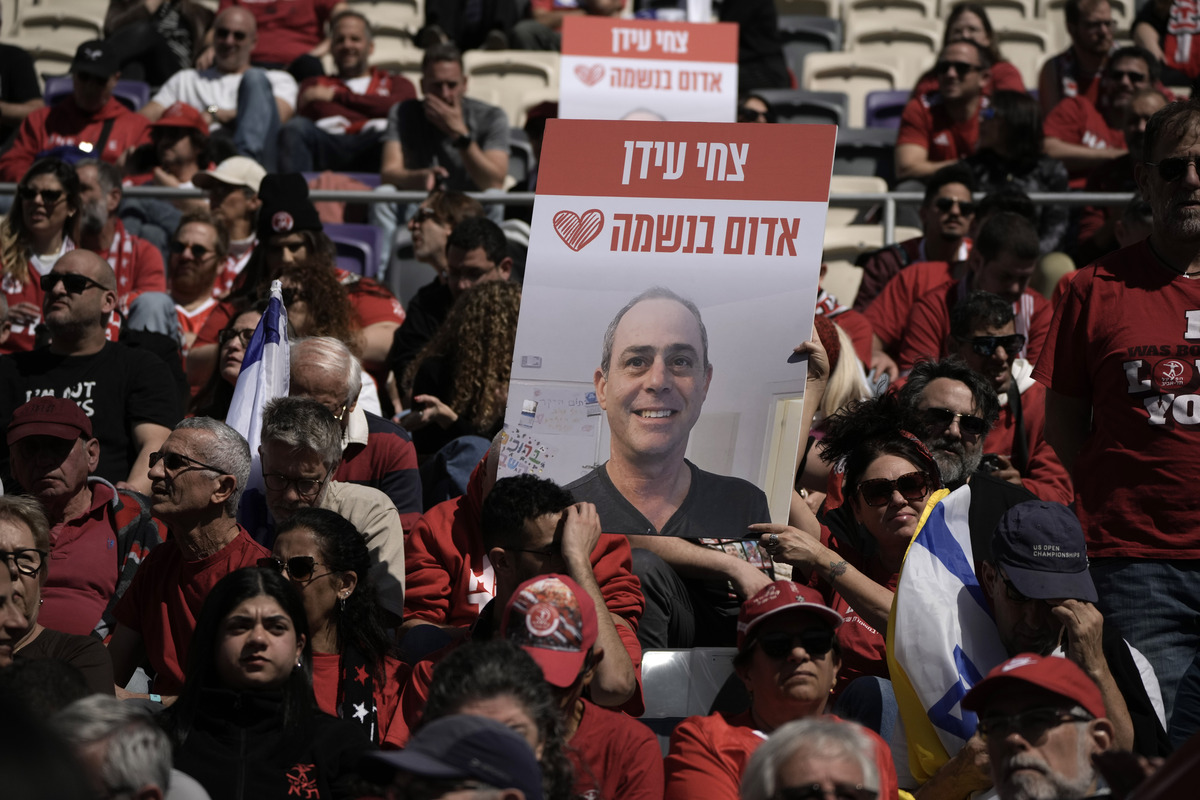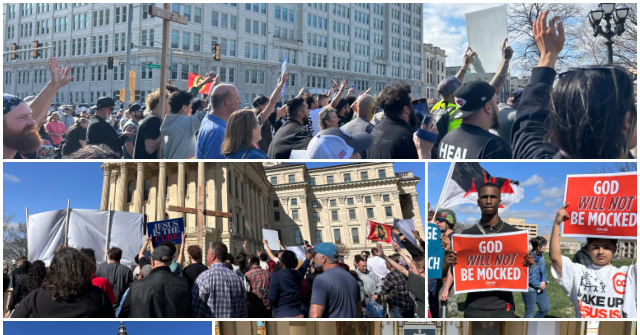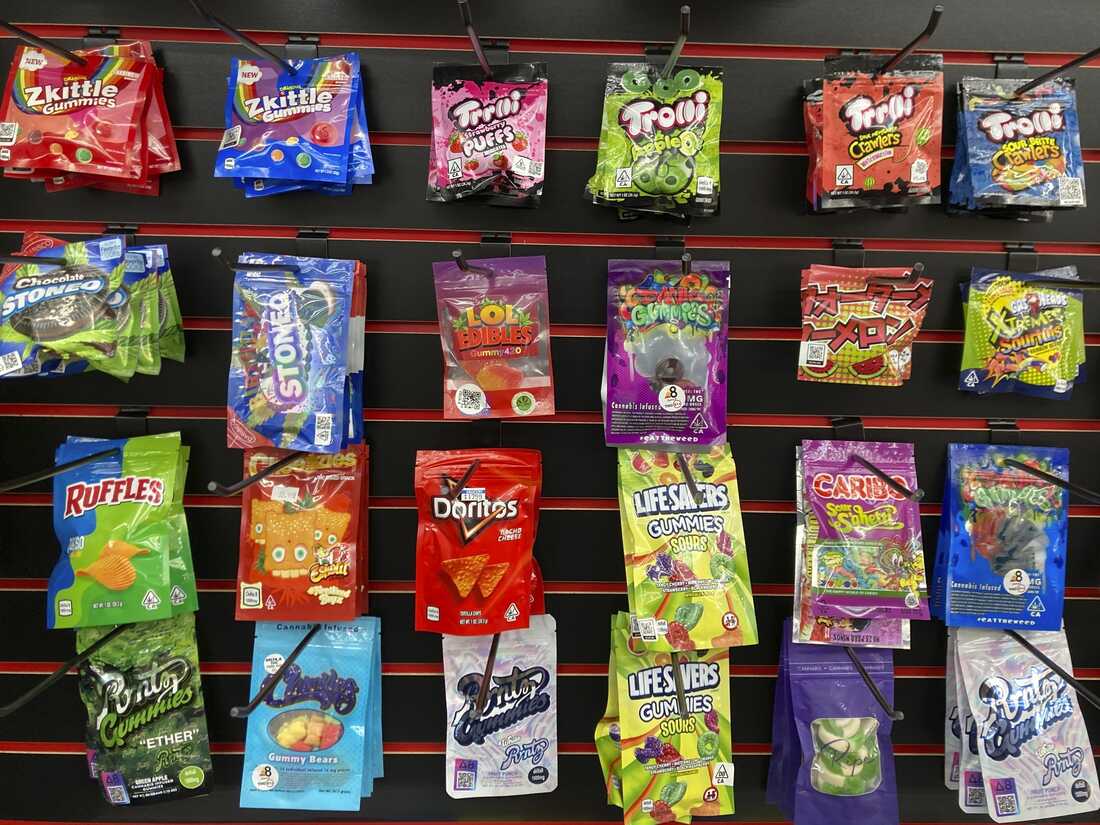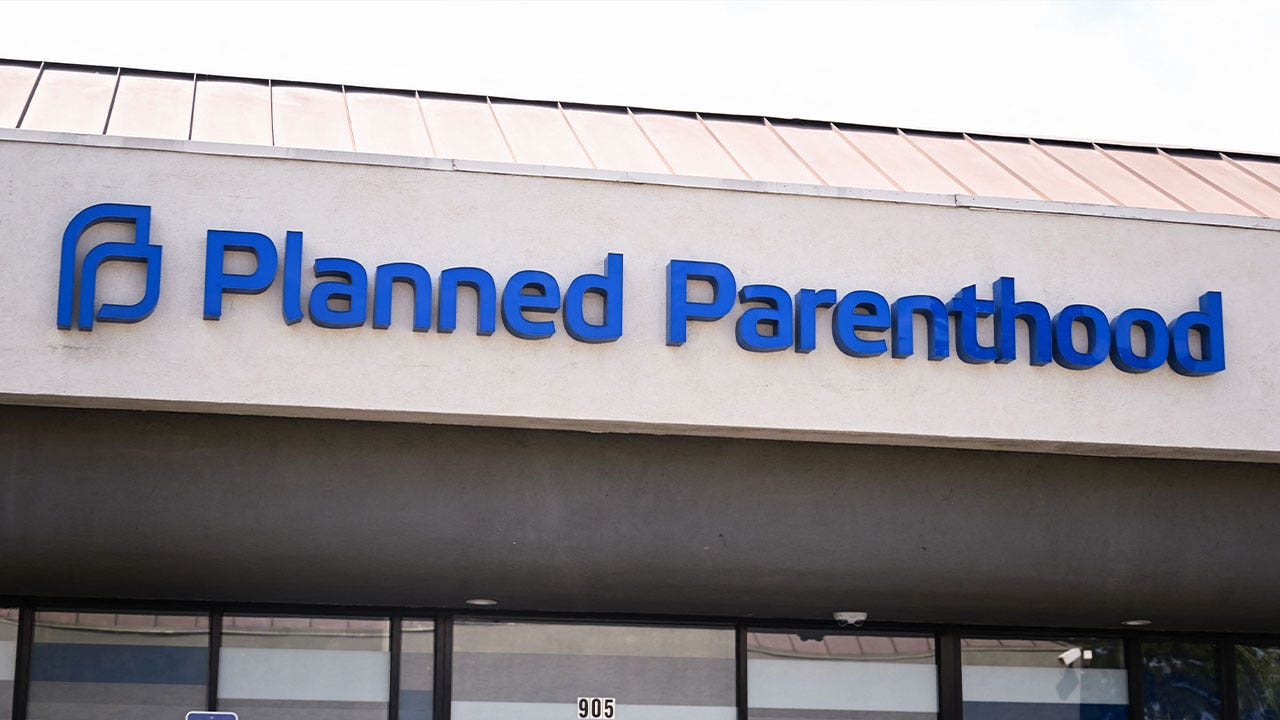Late last year, ESPN chairman Jimmy Pitaro reportedly informed MLB commissioner Rob Manfred of the network’s plans to exercise the opt-out clause in its deal with the league, although Pitaro also expressed interest in negotiating a new contract at a more palatable price point. According to The Wall Street Journal, ESPN was “looking to cut its deal with MLB by more than half, to no more than $200 million a year.” The proposal was reportedly not well-received by Manfred, who responded with the C-suite equivalent of some chin music.
In a memo to MLB’s owners, reported by The Athletic last month, Manfred swatted away ESPN’s attempts to compare its package to others, pointing out that the “ESPN deal contains the only truly exclusive regular season windows on Sunday nights, the exclusive right to an entire round of playoffs, and the Home Run Derby,” while Apple and Roku “have games that compete against a complete slate of other games broadcast in local markets.” He also took some direct swings at ESPN’s reach and programming. As cord-cutting continues to chew away at cable subscriptions, Manfred noted that ESPN is available in fewer households, saying that it wouldn’t be “beneficial for us to accept a smaller deal to remain on a shrinking platform.” And for good measure, he revealed simmering frustration that dates back to the diminution of Baseball Tonight, saying that the league has “not been pleased with the minimal coverage that MLB has received on ESPN’s platforms over the past several years outside of the actual live game coverage.”
The tenor was striking for a memo of its kind; Pitaro, in an interview with The Athletic, admitted that he was “caught a bit by surprise” by some of Manfred’s comments.
For Manfred, it was a declaration that MLB isn’t going to settle for less, especially in an era of eye-popping valuations for live sports. With a 162-game schedule––amounting to 2,430 regular-season games across all 30 teams––baseball offers partners an unparalleled amount of inventory, with much of it occurring during a relative dead zone on the sporting calendar. Last week, Manfred indicated that MLB plans to bundle its domestic and international media rights, which could be enticing for a streamer with worldwide reach such as Apple or Netflix.
When I caught up with Manfred by phone this week, he noted that baseball’s lengthy schedule could be particularly attractive to streamers.
“The biggest challenge you have when you’re running a streaming company is how are you going to have relatively fresh content that attracts people on an ongoing basis,” Manfred told me. “And 2,430 games is relatively fresh content.”
As a new season gets under way this week, baseball is riding a wave of momentum. The sport is brimming with exciting young players, such as Juan Soto, Elly De La Cruz, and Vladimir Guerrero Jr., along with a bona fide global phenomenon in Shohei Ohtani. Major rule changes, including the advent of a pitch clock, have improved the quality of play. Revenue, attendance, and television ratings are reportedly all up. In his memo to owners, Manfred highlighted that last year’s ratings for Sunday Night Baseball on ESPN were up 6% from 2023, which he said was “notable given that 2024 was a summer Olympics year.” Last year’s World Series between the New York Yankees and Los Angeles Dodgers averaged 15.8 million viewers—eclipsing the 11.3 million who tuned in for the NBA Finals.
MLB is also a local TV juggernaut. Last season, the league reported that ratings for prime-time games ranked first locally on cable in 20 out of the 25 markets in the United States with teams. The league also pointed to growth in viewership in Latin America and Asia, and, in recent years, has held regular-season games in Seoul, Mexico City, and London. This month’s “Tokyo Series,” a two-game set between the Dodgers and Chicago Cubs, were the two most-watched MLB games ever in Japan.
Given all those data points, and the increased importance of live sports for broadcasters and streamers, Manfred is eyeing a massive media deal in 2028, when MLB’s full suite of TV rights will be open for bidding. He has designs on the league taking over the local linear and digital rights for all 30 teams to include in negotiations, which could net an even more lucrative deal. (MLB enters this season holding the local media rights to five teams following the bankruptcy of Diamond Sports Group, the country’s largest operator of regional sports networks.)
The NBA’s latest media-rights deal, which was brokered last year and is worth a reported $6.9 billion annually, appears to be a north star for MLB. Scott Boras, the powerhouse baseball agent, told The Washington Post earlier this month that “the rights for baseball were grossly undervalued” and “going forward, what the NBA got is the basement.”
Whether MLB is able to match the NBA remains to be seen, but the negotiations over ESPN’s baseball package could offer a preview of what’s to come in 2028. NBC said that it is interested in a piece of the package, and it would figure to be a natural home for the Sunday night games. The network has had Sunday night NFL games since 2006, and will show NBA games in that time slot beginning next season. Fox has also said that it will look into grabbing a portion of the ESPN package. And then there are the tech giants. Apple TV could look to expand its current deal with MLB, while Amazon Prime Video has reportedly had talks with the league. Netflix, which has shown an appetite for tentpole live events such as the Jake Paul–Mike Tyson fight and the NFL Christmas doubleheader, has been floated as a possible landing spot for the Home Run Derby.




















Discussion about this post